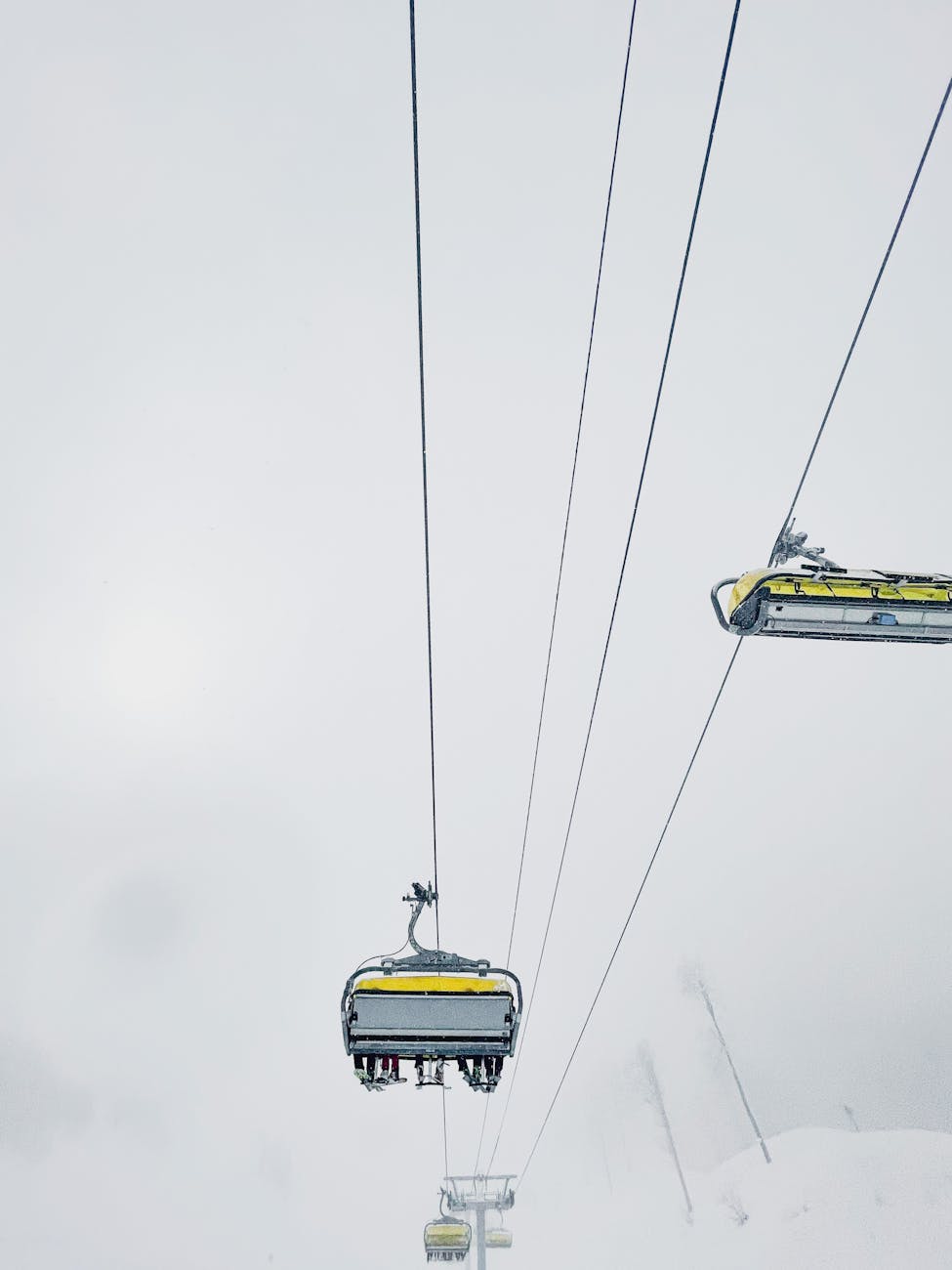When it comes to winter sports, an age-old question arises: is snowboarding safer than skiing? This blog post dives deep into the nuances of both sports, examining the various aspects that contribute to safety on the slopes. By the end, you’ll understand the complexities surrounding injuries, demographics, and even psychological factors that play a role in how each sport is perceived in terms of safety.
Together, we will explore various data points, personal anecdotes, and expert opinions that might shift your perspective on this spirited debate. Buckle up as we unravel the shocking truth, enlightening you on whether your next adventure should involve strapping in tight on a snowboard or skiing down the mountain with poles in hand.
At first glance, one might assume that snowboarding is inherently riskier than skiing due to its unique balance challenges and potential for falls. However, data suggests a more intricate story. Snowboarders experience injuries differently than skiers. For instance, studies indicate that skiers tend to face more severe injuries, primarily because of the higher speeds involved and the implications of getting caught in a downhill tumble.
Conversely, snowboarders frequently deal with wrist and upper extremity injuries, yet these can often be mitigated with the use of proper protective gear such as wrist guards. Interestingly, the safety narrative surrounding these sports is evolving as snowboarding equipment design improves, and both skiers and snowboarders continue to gain a better understanding of the risks involved. This ongoing progress brings to light the reality that snowboarding, indeed, may be safer than previously thought, creating an exciting opportunity for enthusiasts of both styles to enjoy the slopes more confidently.
When you think about injuries tied to skiing and snowboarding, what likely comes to mind? Skiing primarily brings knee injuries, particularly concerning the knee ligaments, due to the mechanics of the sport. Injuries of this nature can be devastating, as they may sideline athletes for long periods. On the other hand, snowboarders face unique challenges, with wrist injuries often topping the list. This injury pattern typically occurs during falls, as snowboarders instinctively reach out to break their falls, leading to fractures and sprains.
Through this lens, the difference in injury types might suggest that while snowboarding entails a higher frequency of falls, the injuries sustained could be less severe on average compared to skiing injuries. In fact, some studies argue that with proper technique and gear, a snowboarder can have a safer experience on the slopes than a typical skier. This insight underscores the importance of focusing on proper training and protective equipment to ensure a more enjoyable experience in either sport.
Demographic factors play a crucial role in analyzing injury rates among winter sports enthusiasts. Younger individuals, who often push boundaries and seek excitement, tend to experience a higher incidence of injuries. In skiing, you might notice that younger skiers take risks such as trying new jumps or navigating complex terrains, which can lead to accidents. Conversely, snowboarding has been popular among younger generations, but it also attracts a diverse age group.
Curiously, older snowboarders often embrace a more cautious approach as they benefit from the sport’s forgiving nature. Therefore, the perception of risk can significantly differ across demographics, perhaps suggesting that snowboarding’s overall appeal invites a more safety-conscious mindset amongst its participants. This demonstrates how experience and age might influence an individual’s approach to safety and risk management on the slopes.
The psychological aspect of any sport shouldn’t be overlooked, especially when discussing safety in snowboarding and skiing. Cognitive biases, such as the optimism bias, often lead individuals to underestimate their risk of injury, causing them to engage in more dangerous behaviors. Skiers may feel invincible, pushing their limits, which ultimately contributes to a higher rate of severe injuries.
On the other hand, snowboarders tend to nurture a community-driven vibe, where sharing experiences and learning from each other’s mistakes fosters a culture aimed at minimizing risks. It creates an environment that not only promotes safety but enhances the overall enjoyment of the sport. Understanding these psychological factors may prove vital for both beginners and seasoned athletes aiming to make safer choices on the slopes while still enjoying the adrenaline rush winter sports provide.
After thoroughly dissecting the safety aspects of snowboarding compared to skiing, it becomes evident that both sports come with their own set of risks and challenges. However, through active engagement, training, and using the right equipment, enthusiasts of either sport can tilt the odds in favor of safety. Snowboarding presents unique advantages that can lead to a more enjoyable experience, potentially making it the safer choice for various individuals.
As you plan your next winter adventure, consider embracing the excitement of snowboarding while fully understanding the safety measures to adopt. Whether you’re carving down the mountain on two boards or one, there is so much to gain from these thrilling experiences. The snow-covered landscape is just waiting for you!
- Is snowboarding easier to learn than skiing?
Many beginners find snowboarding challenging at first, but once they grasp the basics, progression can often happen more quickly than in skiing. - What protective gear is recommended for snowboarders?
Wrist guards, knee pads, helmets, and padded shorts are all recommended to minimize the risk of injuries. - Are mountain resorts safer for snowboarders?
Many resorts have tailored their facilities to accommodate snowboarders, often leading to safer experiences through designated areas and grooming techniques. - Can you switch between skiing and snowboarding?
It might take some time for your body to adjust, but many athletes find it possible to enjoy both sports with practice. - What age group is most likely to get injured in these sports?
Statistics often show that younger individuals are more prone to injuries due to risk-taking behaviors, though proper training can mitigate this trend.
Image Credit: Pexels
